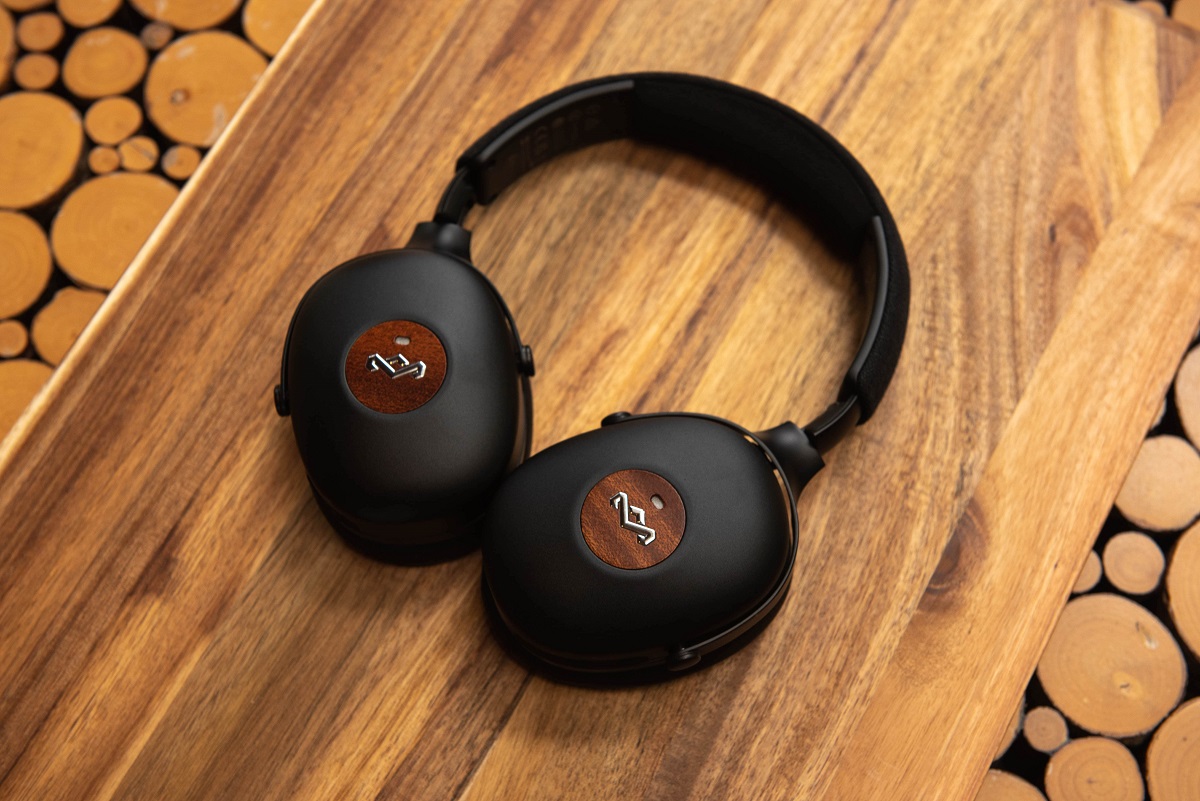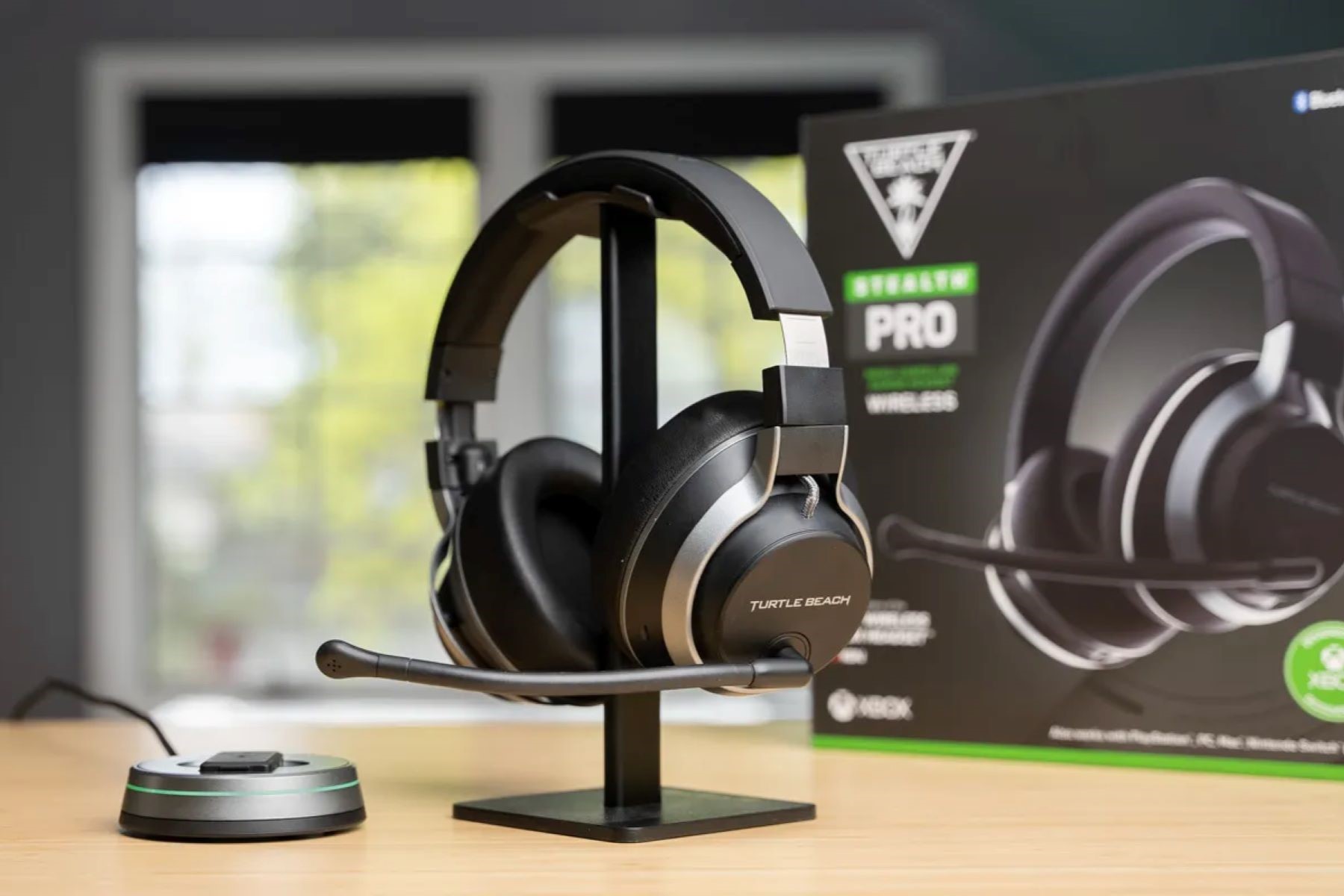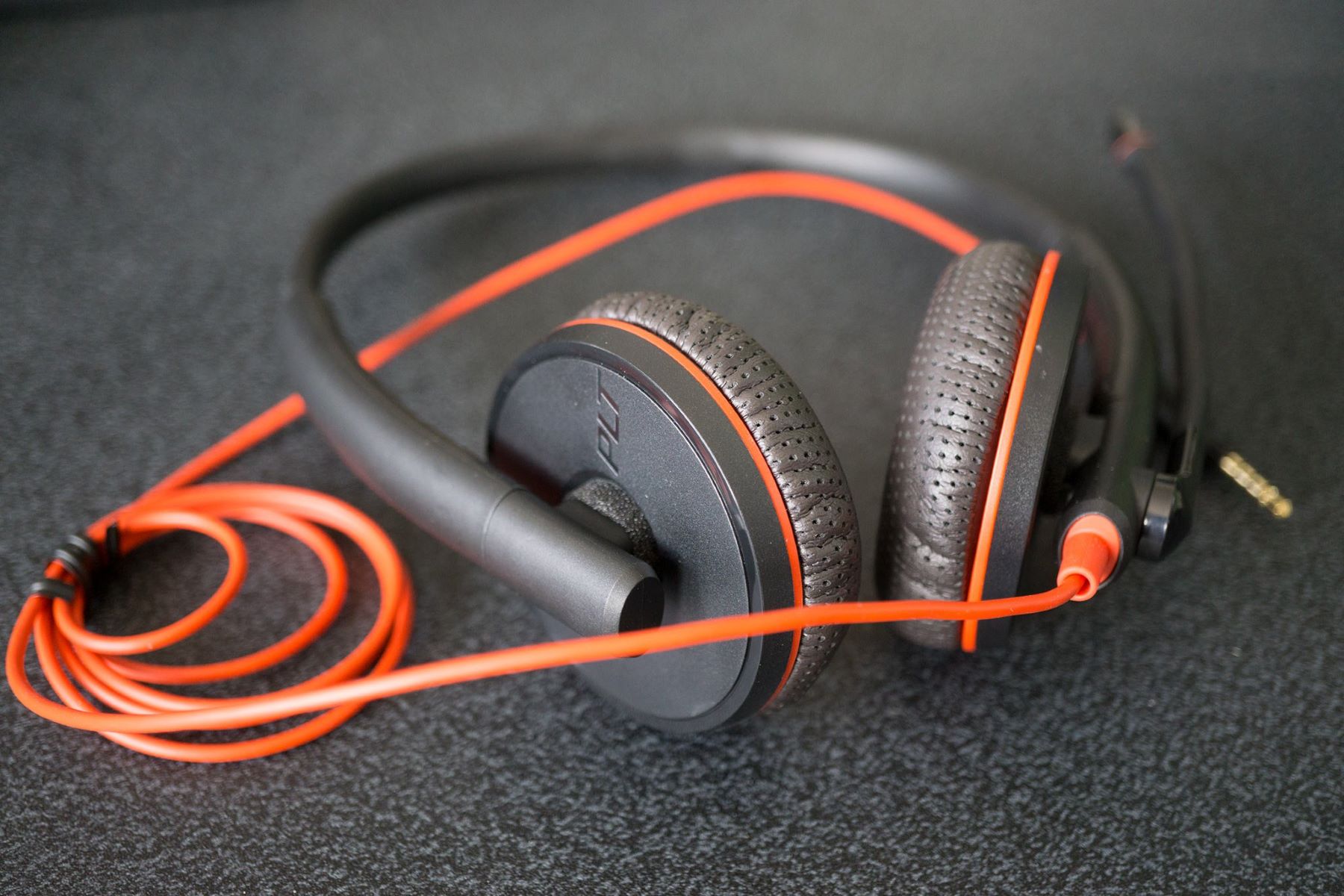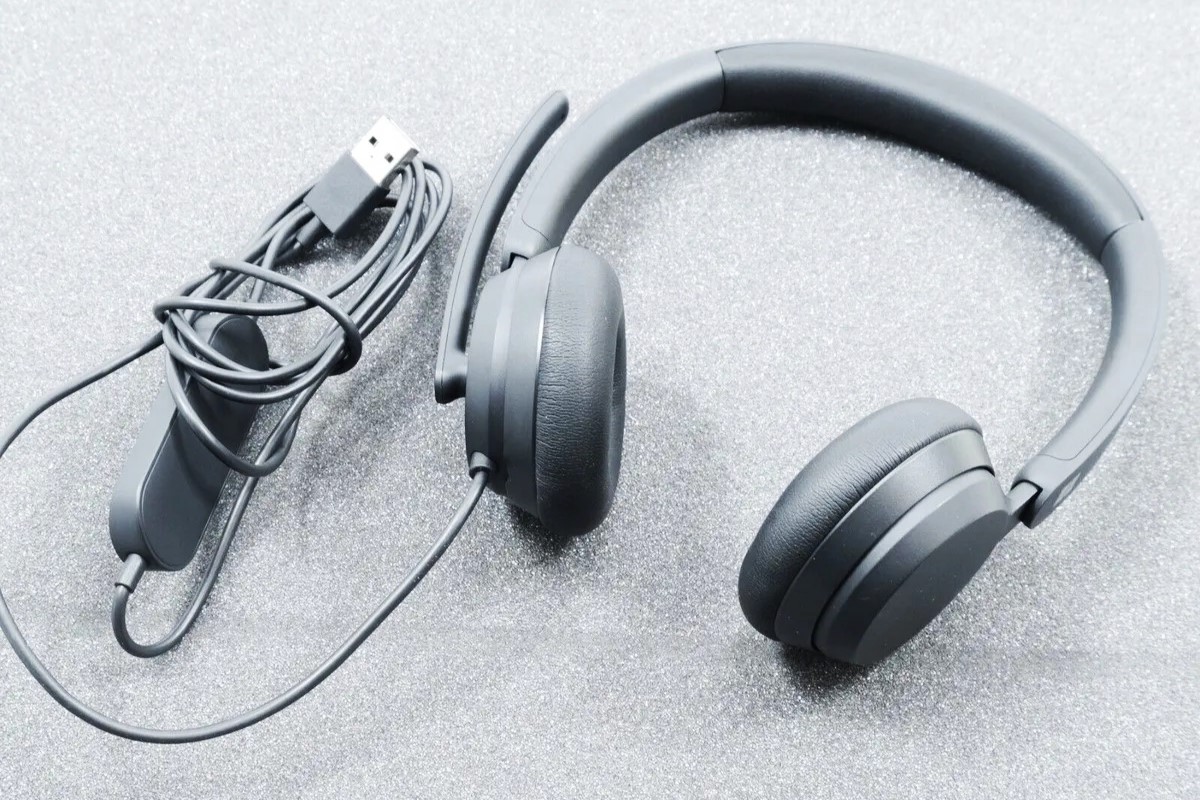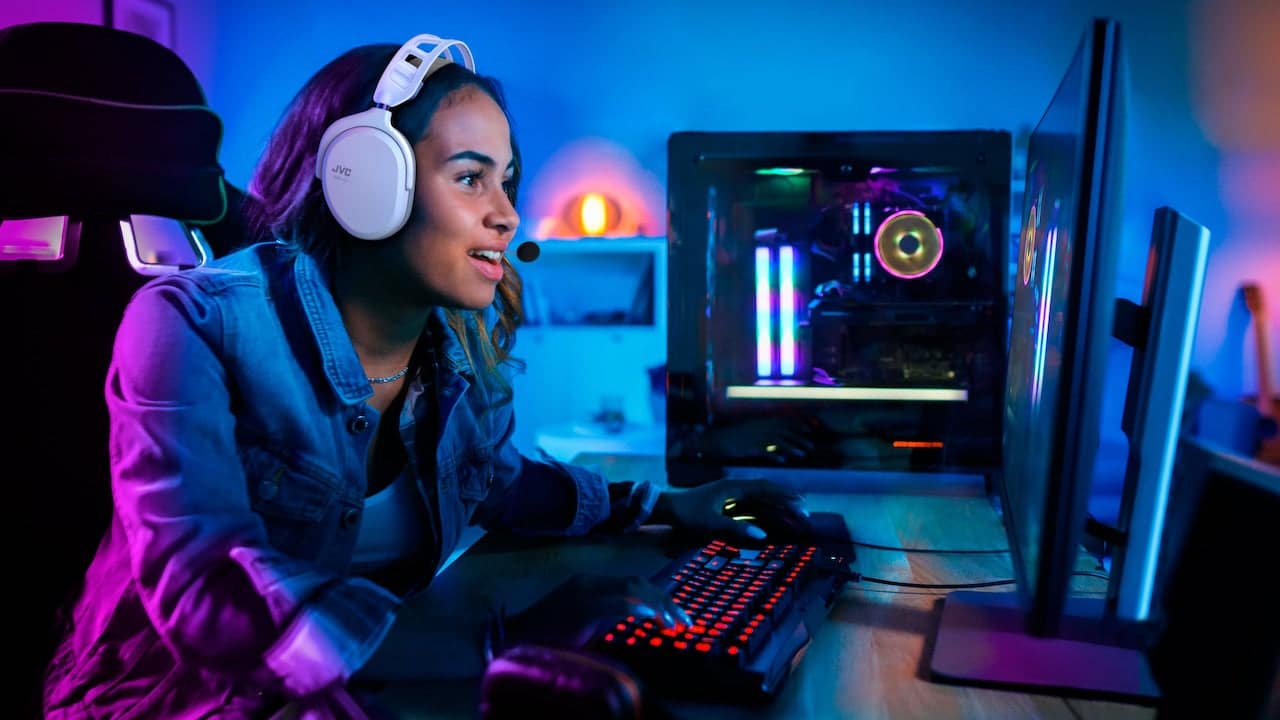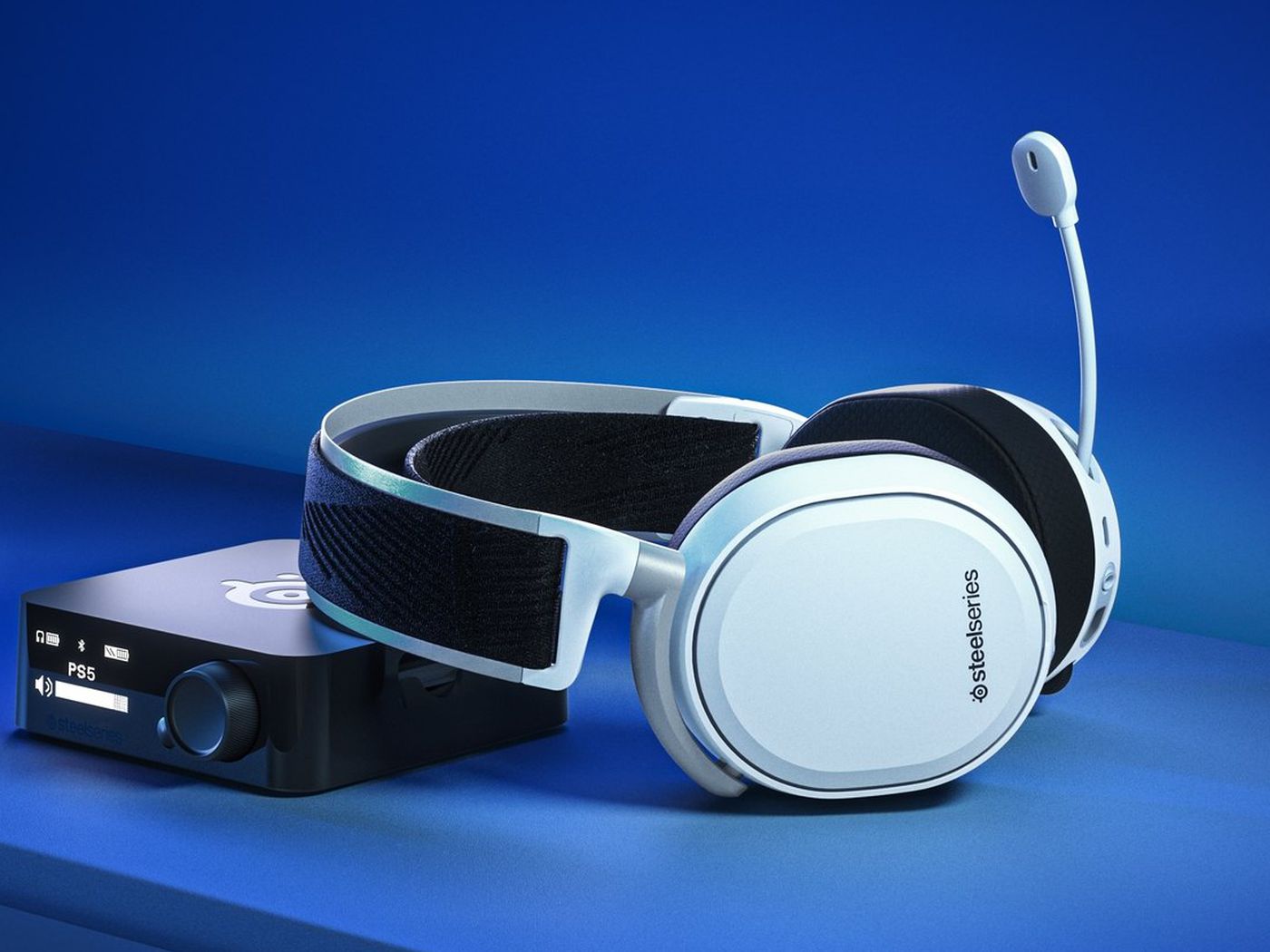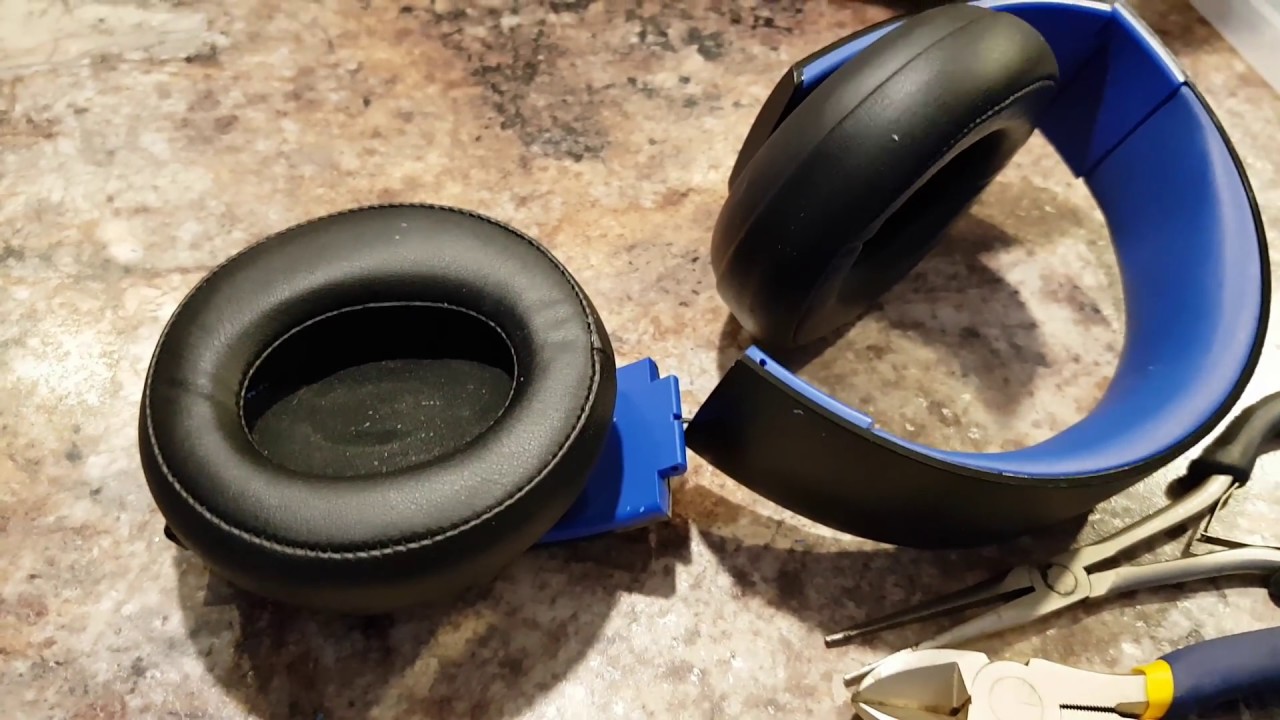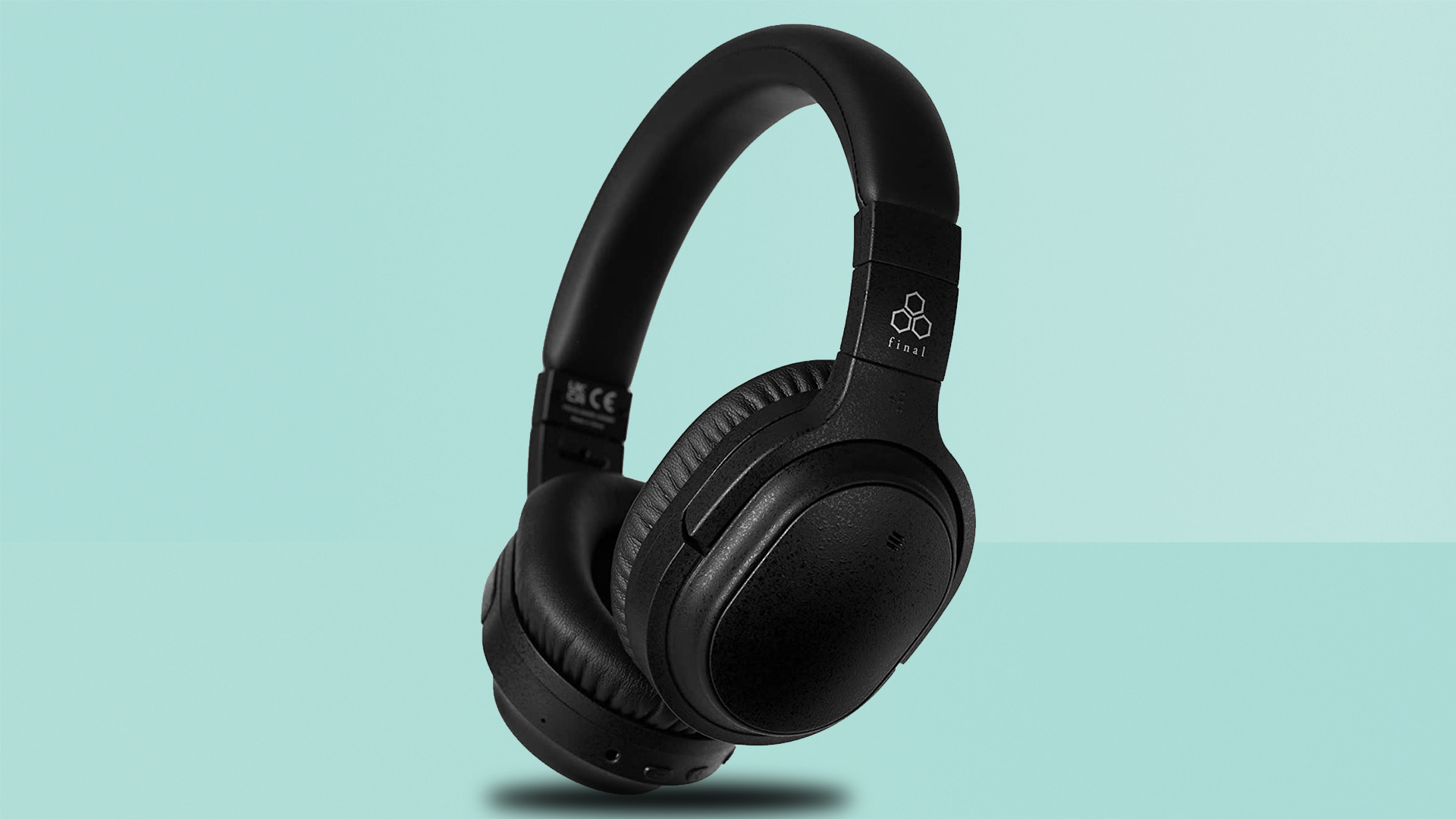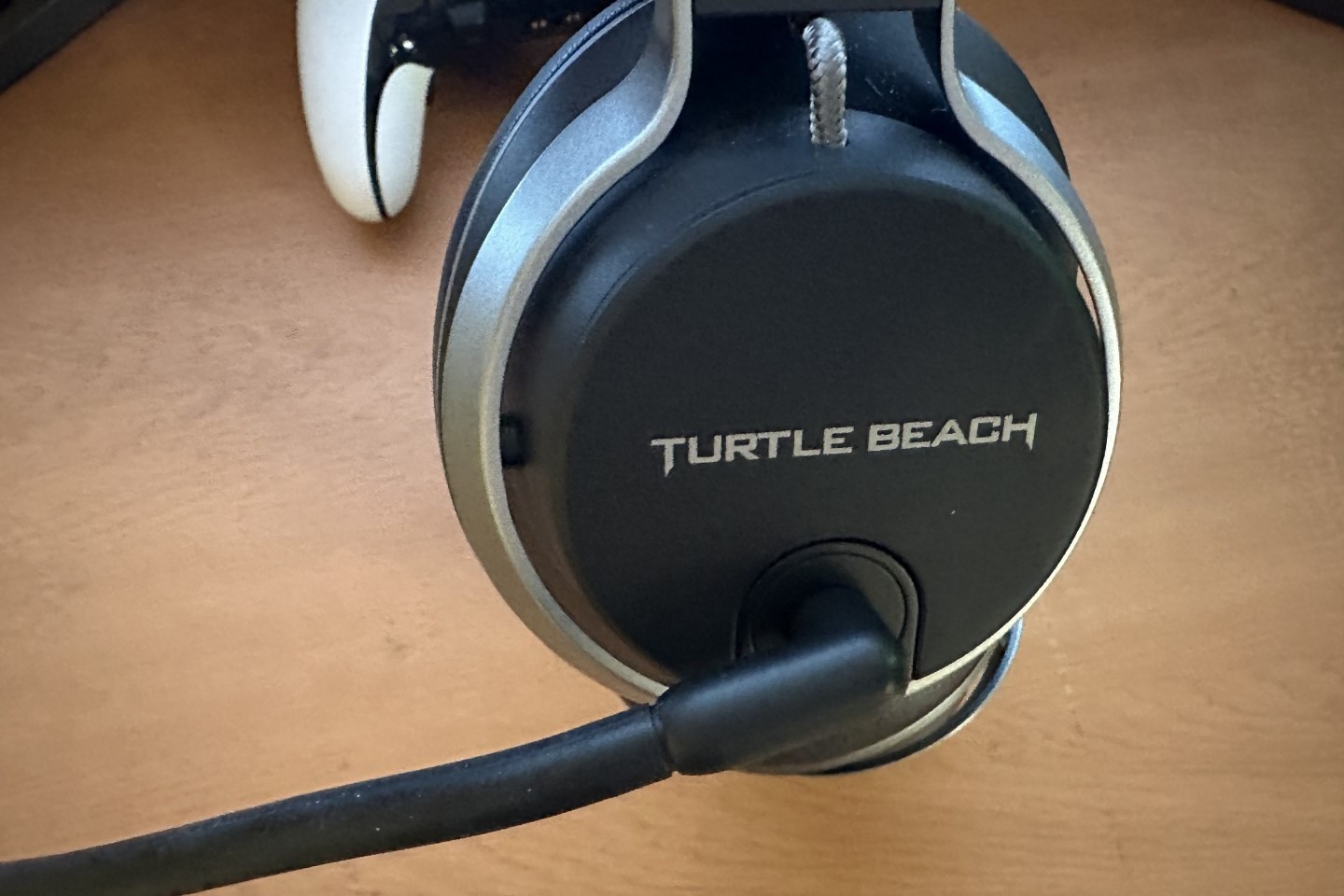Introduction
Are you frustrated by the low volume from your headset? Whether you're trying to immerse yourself in your favorite tunes, communicate clearly during online meetings, or enjoy an intense gaming session, low headset volume can be a major buzzkill. Fortunately, there are several troubleshooting steps you can take to address this common issue and restore your headset to its optimal performance.
In this comprehensive guide, we'll delve into the various factors that can contribute to low headset volume and provide you with practical solutions to rectify the problem. From checking your audio settings to ensuring that your hardware is functioning properly, we'll explore the essential steps you can take to troubleshoot and resolve low volume issues with your headset. Additionally, we'll discuss the importance of keeping your drivers updated to ensure seamless audio performance.
So, if you're tired of straining to hear the audio from your headset or dealing with muffled sound, read on to discover the troubleshooting techniques that can help you regain crystal-clear, immersive audio experiences. Let's dive into the world of headset troubleshooting and equip ourselves with the knowledge and tools needed to conquer low volume issues once and for all.
Common Issues with Low Volume
Low volume from a headset can stem from various underlying issues, causing frustration and hindering the overall audio experience. Understanding the common issues associated with low volume is crucial in effectively troubleshooting and resolving the problem. Here are some prevalent factors contributing to low volume problems:
-
Audio Source Limitations: In some cases, the audio source itself may have inherent volume limitations. Whether you're streaming content from a specific platform, using a particular application, or playing media from a device, the source's audio output capabilities can impact the overall volume levels.
-
Hardware Malfunctions: Headsets can experience hardware malfunctions that directly affect the volume output. Issues such as damaged or worn-out audio cables, faulty headphone jacks, or internal speaker problems can result in significantly reduced volume levels.
-
Audio Settings Misconfigurations: Incorrect audio settings on your device or within specific applications can lead to low volume output from the headset. This may include misconfigured volume levels, sound enhancements, or equalizer settings that inadvertently diminish the audio output.
-
Compatibility Issues: Incompatibility between the headset and the connected device can also contribute to low volume problems. This can occur when using a headset designed for a specific platform or device with another incompatible device, leading to suboptimal volume performance.
-
Dust and Debris Accumulation: Over time, dust and debris can accumulate within the headset's audio ports and speakers, affecting sound transmission and resulting in reduced volume levels.
Recognizing these common issues is the first step in effectively troubleshooting low volume problems with your headset. By understanding the potential root causes, you can systematically address each factor to restore your headset's audio output to its full potential.
Troubleshooting Steps
When faced with low volume issues in your headset, it's essential to follow a systematic approach to identify and address the underlying causes. By implementing the following troubleshooting steps, you can effectively diagnose and resolve the problem, restoring your headset to deliver optimal audio performance.
Checking the Audio Settings
The first step in troubleshooting low volume entails a thorough examination of the audio settings on your device. Ensure that the volume levels are appropriately configured, both at the system level and within specific applications. Adjust the volume controls to their maximum levels, taking care to verify that no mute functions are inadvertently enabled. Additionally, inspect the sound enhancements and equalizer settings, as these features can impact the overall volume output. By meticulously reviewing and adjusting the audio settings, you can eliminate potential software-related factors contributing to low headset volume.
Checking the Hardware
Inspecting the hardware components of your headset is paramount in troubleshooting low volume issues. Begin by examining the audio cables for any signs of damage or wear, as compromised cables can impede the transmission of sound signals, resulting in reduced volume. Additionally, ensure that the headphone jack is securely connected to the device and free from debris or obstructions. If possible, test the headset on alternative devices to rule out device-specific hardware issues. By conducting a comprehensive assessment of the hardware components, you can identify and rectify any malfunctions affecting the headset's volume output.
Updating Drivers
Keeping your device's audio drivers up to date is crucial for ensuring optimal headset performance. Outdated or corrupted audio drivers can lead to a myriad of audio-related issues, including low volume output. Check for driver updates through the device manager or the manufacturer's official website, and install the latest compatible drivers for your audio hardware. By staying current with driver updates, you can mitigate potential software conflicts and ensure that your headset functions seamlessly, delivering the intended volume levels.
By methodically executing these troubleshooting steps, you can effectively address low volume issues with your headset, pinpointing and resolving the root causes that diminish the audio output. Whether the problem stems from software misconfigurations, hardware malfunctions, or outdated drivers, a systematic approach to troubleshooting can empower you to reclaim the immersive and crystal-clear audio experiences that your headset is designed to deliver.
Checking the Audio Settings
When troubleshooting low volume issues with your headset, a crucial initial step involves meticulously examining the audio settings on your device. This comprehensive evaluation encompasses both system-level configurations and settings within specific applications to ensure that the volume levels are optimized for an immersive audio experience.
Begin by accessing the system's audio settings and verifying that the volume controls are appropriately configured. Adjust the volume to its maximum level, ensuring that no mute functions are inadvertently activated. It's essential to pay close attention to any sound enhancements or equalizer settings that might be affecting the overall volume output. These features, if misconfigured, can inadvertently diminish the headset's audio performance.
Next, delve into the audio settings within the specific applications or platforms you're using with your headset. Whether it's a media player, communication software, or a gaming platform, ensure that the application's volume settings are aligned with your desired audio output. Additionally, review any audio enhancement features or equalizer adjustments within the application to guarantee that they complement the headset's capabilities and contribute to an optimal volume experience.
In some cases, certain applications may have exclusive control over the device's audio settings. Therefore, it's imperative to examine each application's audio configurations to ensure that they align with your preferences and contribute to the desired volume levels.
Furthermore, consider exploring advanced audio settings within the operating system, such as spatial sound configurations or audio channel settings. These settings can significantly impact the headset's volume output and may require adjustment to align with your preferences and the headset's capabilities.
By meticulously reviewing and adjusting the audio settings at both the system and application levels, you can effectively eliminate potential software-related factors that contribute to low volume issues with your headset. This systematic approach empowers you to optimize the audio settings to deliver the intended volume levels, ensuring a captivating and immersive audio experience across various applications and media platforms.
In essence, by thoroughly examining and fine-tuning the audio settings, you can eliminate potential software-related factors that contribute to low volume issues with your headset, ultimately ensuring that your audio experience is optimized for maximum enjoyment and clarity.
Checking the Hardware
When troubleshooting low volume issues with your headset, a critical aspect that demands thorough attention is the comprehensive inspection of the hardware components. This meticulous examination is essential for identifying and rectifying any potential malfunctions or impediments that may be contributing to the reduced volume output.
Initiate the hardware assessment by meticulously examining the audio cables connected to your headset. Look for any visible signs of damage, such as fraying or exposed wires, which could impede the transmission of sound signals. Additionally, check for any kinks or bends in the cables that might compromise the audio transmission. It's imperative to ensure that the audio cables are securely connected to both the headset and the audio source, guaranteeing uninterrupted signal transmission and optimal volume output.
Next, direct your attention to the headphone jack, ensuring that it is firmly and securely connected to the audio source. Verify that the jack is free from any debris, dust, or other obstructions that could interfere with the audio transmission. Additionally, inspect the jack for any signs of physical damage or wear that might compromise the quality of the connection. A faulty or damaged headphone jack can significantly impact the headset's volume performance, necessitating prompt attention and potential replacement if necessary.
In some instances, the reduced volume output from the headset may be attributed to internal speaker malfunctions. While not readily visible, speaker issues can manifest as distorted or significantly diminished audio output. If feasible, conduct a thorough assessment of the headset's internal speakers, ensuring that they are free from any obstructions or damage. Additionally, testing the headset on alternative devices can help ascertain whether the issue is specific to the headset or the connected audio source.
Furthermore, consider the overall condition of the headset, including the ear cups, headband, and other physical components. Any structural damage or wear that affects the headset's integrity can indirectly impact the volume output, warranting careful examination and potential repairs or replacements.
By meticulously evaluating the hardware components of your headset, you can effectively identify and address any underlying issues that contribute to low volume output. This systematic approach empowers you to ensure that the headset's hardware components are functioning optimally, facilitating an immersive and crystal-clear audio experience across various applications and media platforms.
Updating Drivers
When it comes to troubleshooting low volume issues with your headset, ensuring that your device's audio drivers are up to date is paramount. Outdated or corrupted audio drivers can significantly impact the headset's performance, leading to a range of audio-related problems, including reduced volume output. Therefore, regularly updating your audio drivers is essential for maintaining optimal audio quality and addressing potential software conflicts that may contribute to low volume woes.
To commence the driver update process, you can initiate a thorough check for the latest audio driver updates through the device manager on your operating system. Access the device manager and navigate to the audio or sound devices section to identify the specific audio hardware associated with your headset. Once located, check for available driver updates and proceed to install the latest compatible drivers for your audio hardware.
Alternatively, you can visit the official website of the audio hardware manufacturer to obtain the most recent driver updates. Manufacturers often provide dedicated support sections on their websites, offering a repository of driver downloads tailored to various operating systems and audio hardware models. By accessing these resources, you can acquire the latest driver versions compatible with your device, ensuring seamless audio performance and addressing any potential driver-related issues contributing to low volume output.
It's important to note that driver updates not only address performance and compatibility issues but also introduce enhancements and optimizations that can positively impact the headset's audio capabilities. By staying current with driver updates, you can leverage the latest advancements in audio technology, ensuring that your headset delivers the intended volume levels and an immersive audio experience across diverse applications and media platforms.
In essence, updating your audio drivers is a proactive measure that safeguards against potential software conflicts and ensures that your headset functions seamlessly, delivering optimal volume output. By consistently monitoring and installing the latest driver updates, you can mitigate the risk of encountering low volume issues and maintain the audio integrity of your headset, empowering you to enjoy crystal-clear and immersive audio experiences without compromise.
Conclusion
In conclusion, troubleshooting low volume issues with your headset requires a methodical approach that encompasses a thorough examination of both software and hardware components. By meticulously checking the audio settings, conducting a comprehensive assessment of the hardware, and ensuring that your device's audio drivers are up to date, you can effectively address and resolve the common factors contributing to reduced volume output.
The process of troubleshooting low volume woes begins with a meticulous review of the audio settings on your device. By adjusting the volume controls, inspecting sound enhancements, and fine-tuning equalizer settings, you can eliminate potential software-related factors that diminish the headset's audio performance. Additionally, exploring advanced audio settings within specific applications and platforms ensures that the headset's volume output aligns with your preferences, facilitating an immersive and captivating audio experience.
Furthermore, a detailed examination of the hardware components, including audio cables, headphone jacks, and internal speakers, is essential for identifying and rectifying any malfunctions that may impede the headset's volume output. By ensuring that the hardware is free from damage, wear, and obstructions, you can optimize the audio transmission and guarantee that the headset delivers the intended volume levels across various devices and audio sources.
Moreover, keeping your device's audio drivers up to date is crucial for maintaining optimal audio quality and addressing potential software conflicts that contribute to low volume issues. Regularly checking for and installing the latest compatible driver updates ensures that the headset functions seamlessly, leveraging advancements in audio technology to deliver crystal-clear and immersive audio experiences without compromise.
In essence, by following the troubleshooting steps outlined in this guide, you can empower yourself to effectively diagnose and resolve low volume issues with your headset. Whether the problem stems from software misconfigurations, hardware malfunctions, or outdated drivers, a systematic approach to troubleshooting enables you to reclaim the immersive and captivating audio experiences that your headset is designed to deliver.
By implementing these troubleshooting techniques, you can conquer low volume woes and ensure that your headset consistently provides optimal volume output, allowing you to immerse yourself in your favorite tunes, communicate clearly during online meetings, and enjoy intense gaming sessions without the frustration of reduced volume.







